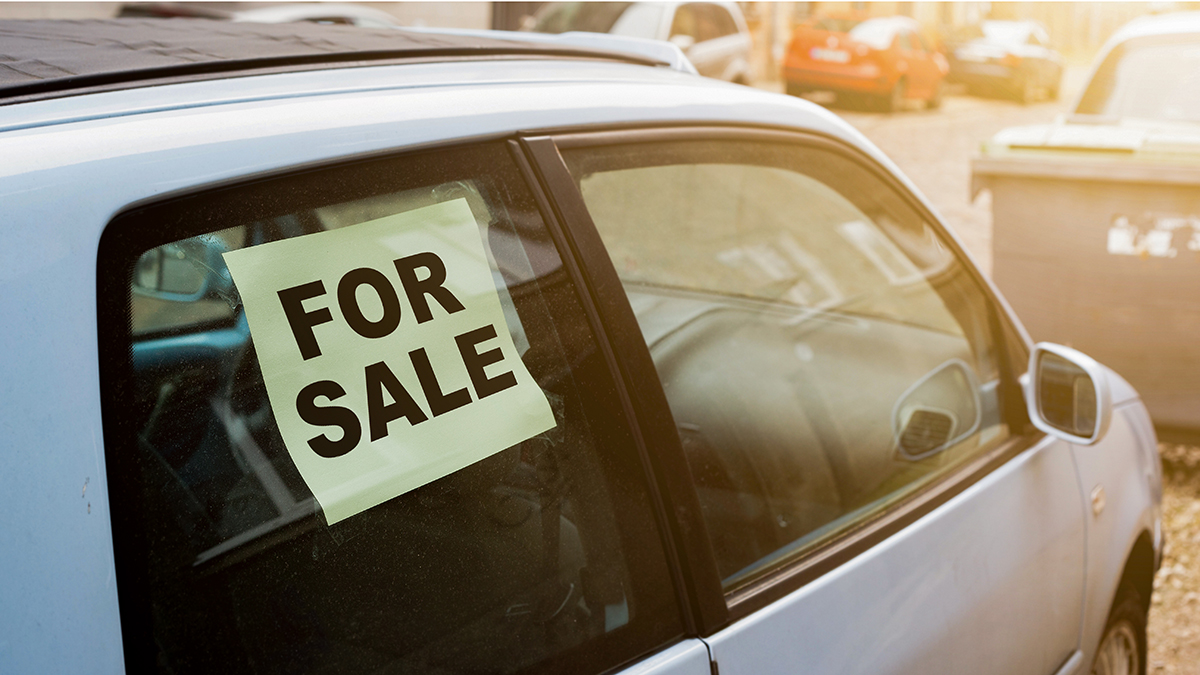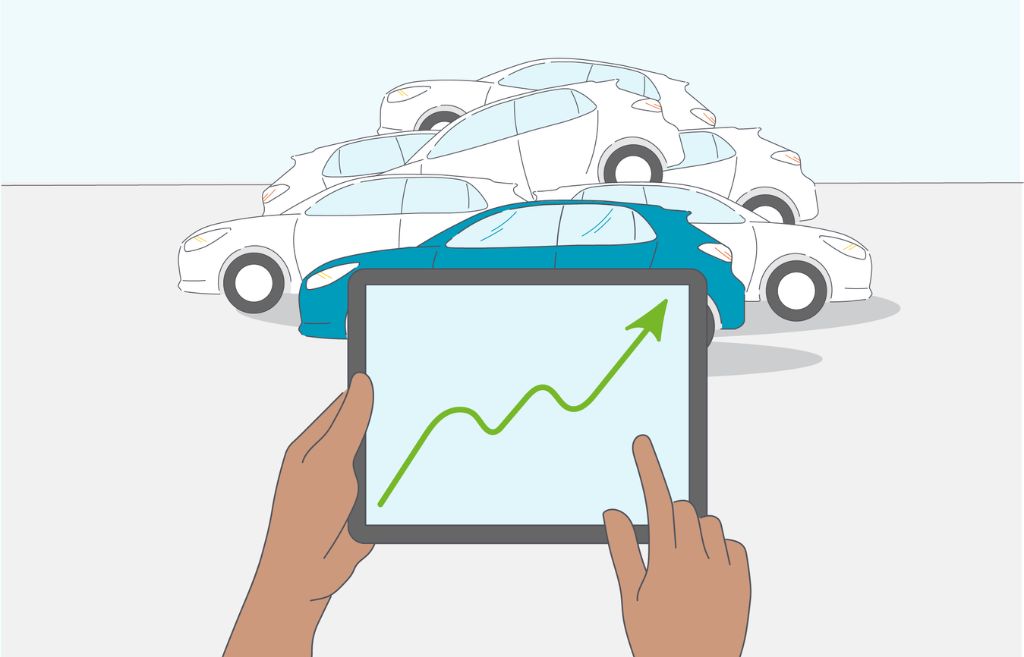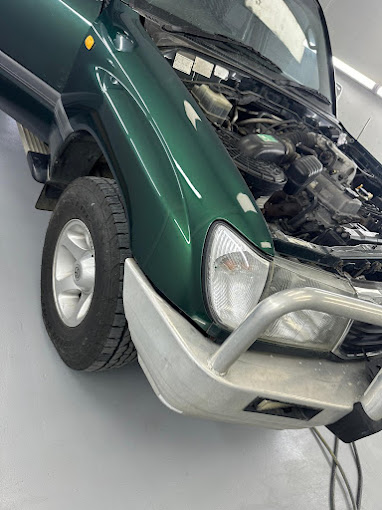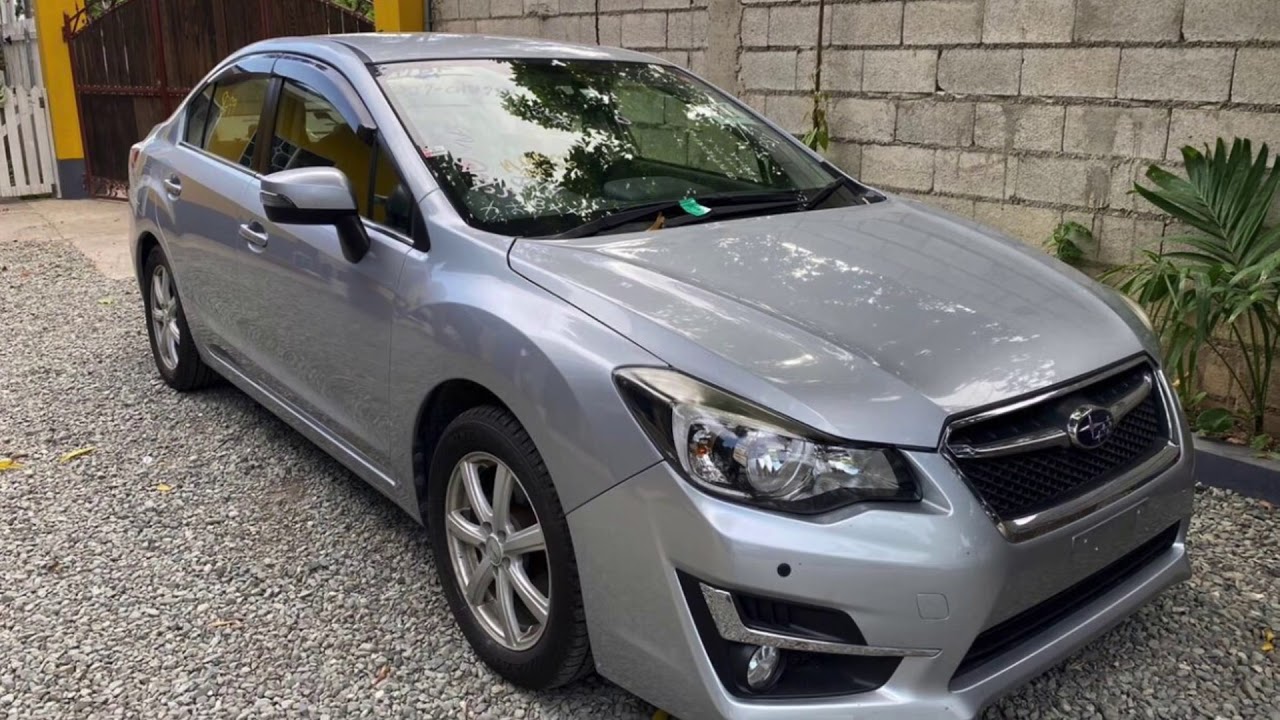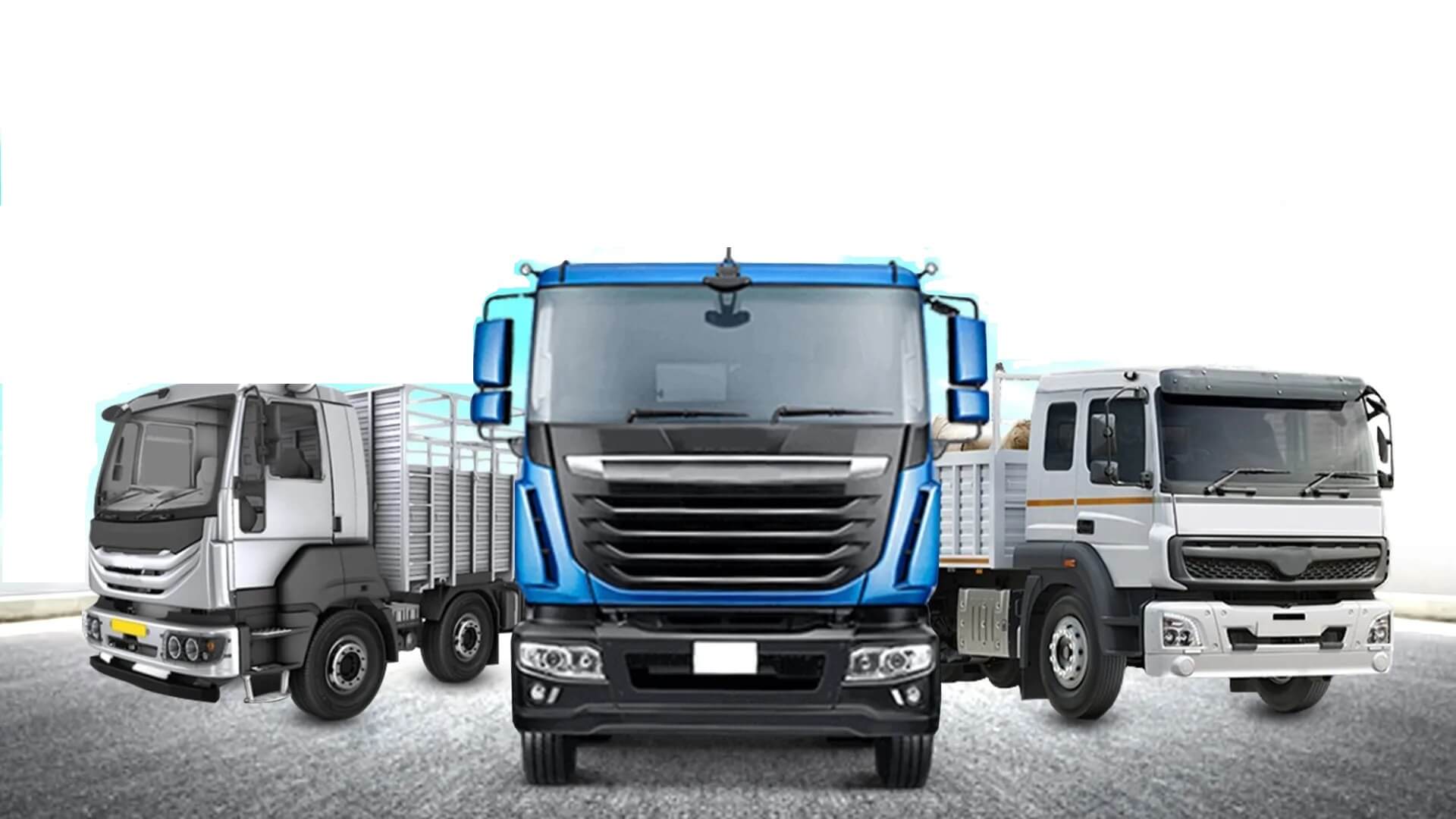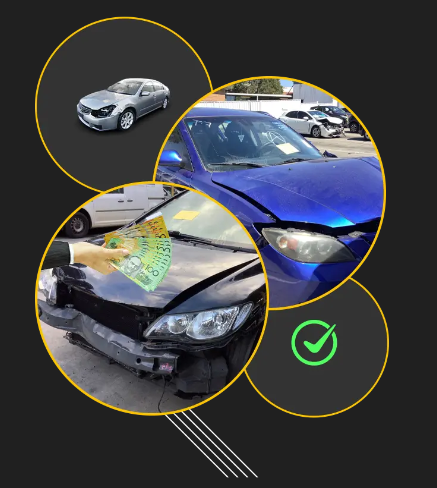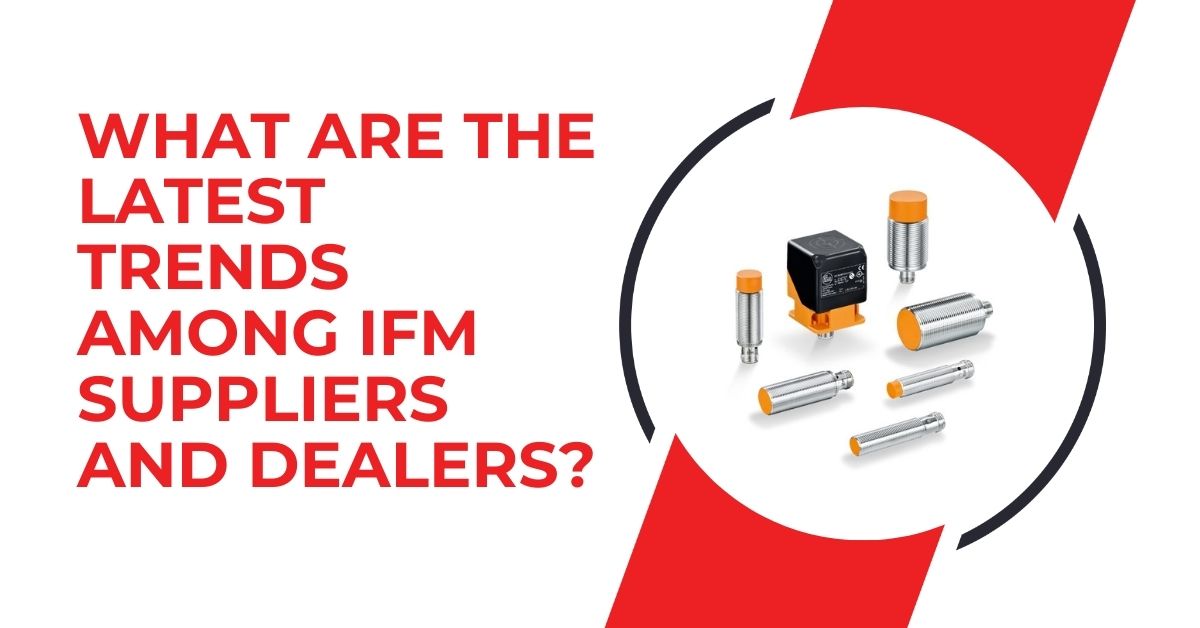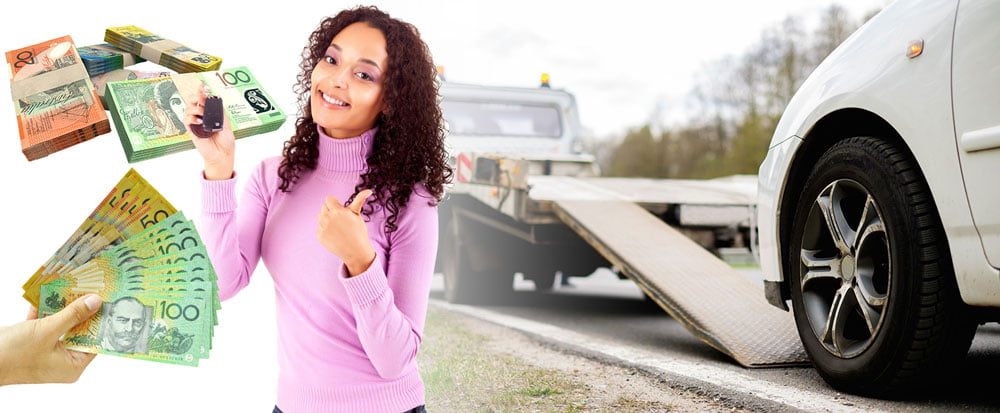Introduction
Salvage auctions serve as a vital link between vehicle owners looking to sell their damaged or unwanted cars and buyers seeking parts, project vehicles, or low-cost transportation options. Understanding how salvage auctions operate can empower sellers and buyers alike to navigate this unique marketplace effectively. This blog post will explore the intricacies of salvage auctions, what to expect during the process, and how individuals can benefit from participating in these events.
Understanding Salvage Auctions
Salvage auctions are platforms where damaged or non-operational vehicles are sold to the highest bidder. These auctions typically feature vehicles that have been declared a total loss by insurance companies due to accidents, natural disasters, or other significant damage. The primary objective of a salvage auction is to allow vehicle owners to recoup some value from their damaged assets while providing buyers with opportunities to purchase vehicles at reduced prices.
Salvage auctions can be held in person at physical locations or conducted online through various auction platforms. Each auction may vary in terms of the types of vehicles available, bidding procedures, and payment requirements. For example, some auctions focus exclusively on cars, while others may include trucks, motorcycles, and recreational vehicles. Understanding the specific format and rules of the auction can enhance the overall experience for participants.
Types of Vehicles Available at Salvage Auctions
One of the most appealing aspects of salvage auctions is the variety of vehicles on offer. Buyers can find a wide range of makes and models, often at significantly lower prices than traditional dealership offerings. The inventory at salvage auctions typically includes:
-
Collision-Damaged Vehicles: These cars have sustained exterior damage from accidents but may still function mechanically. Buyers often seek these vehicles for repair and resale.
-
Flood-Damaged Vehicles: Cars that have been submerged in water often suffer extensive damage, but some buyers may purchase them for parts or restoration.
-
Older or Classic Cars: Enthusiasts may attend salvage auctions looking for vintage or classic cars that require restoration. These vehicles may be appealing for collectors or hobbyists.
-
Repossessed Vehicles: Some auctions include cars that have been repossessed by financial institutions. These vehicles can offer a chance to acquire cars at lower prices, though their condition may vary.
-
Non-Operational Vehicles: Vehicles that do not run but still have valuable parts are often sold at salvage auctions. Buyers may be interested in dismantling these vehicles for resale or personal projects.
Understanding the types of vehicles available can help buyers target their searches effectively and identify potential bargains.
Bidding Process at Salvage Auctions
The bidding process at salvage auctions can vary widely, depending on whether the auction is held in person or online. Generally, the following steps outline what participants can expect during the bidding process:
-
Registration: Before participating in an auction, individuals must register. This may involve providing personal information and, in some cases, a deposit to ensure serious bidding.
-
Inspection: Many auctions allow participants to inspect vehicles before bidding. Buyers should take advantage of this opportunity to assess the condition of the vehicle, including its structural integrity and available parts.
-
Bidding: During the auction, participants can place bids on vehicles they wish to purchase. Bidding may start at a predetermined minimum price and can escalate rapidly as participants compete for the vehicle. Buyers should be aware of their budget and stick to it to avoid overspending in the heat of the moment.
-
Winning the Bid: If a participant has the highest bid when the auction concludes, they win the vehicle. Payment procedures will be outlined by the auction house, and buyers should be prepared to complete the transaction promptly.
-
Post-Auction Responsibilities: After winning a bid, buyers are responsible for arranging the transportation of their new vehicle and completing any necessary paperwork for title transfer.
Understanding the bidding process is essential for both buyers and sellers to ensure a smooth transaction.
Costs Associated with Salvage Auctions
While salvage auctions present opportunities for significant savings, participants should be aware of various costs that can arise during the process. These costs may include:
-
Buyer’s Premium: Most auction houses charge a buyer’s premium, which is a percentage added to the final bid amount. This fee typically ranges from 5% to 10%, depending on the auction.
-
Transportation Fees: Buyers must consider the cost of transporting their purchased vehicle. Depending on the vehicle’s location and condition, this could involve towing or shipping expenses.
-
Title and Registration Fees: After acquiring a vehicle, buyers are responsible for obtaining a title and registering the vehicle with their local Department of Motor Vehicles (DMV). Fees for these services can vary by location.
-
Repair Costs: For buyers purchasing damaged vehicles, it is essential to factor in repair costs to restore the vehicle to a drivable condition.
Understanding these potential costs can help buyers make informed decisions and avoid unexpected expenses.
The Role of the Junkyard Industry in Salvage Auctions
The junkyard industry plays a significant role in the landscape of salvage auctions. Many salvage auctions serve as a primary source for junkyards seeking vehicles to dismantle and sell for parts. These yards provide valuable services to both the automotive industry and consumers, offering affordable parts for repair or restoration projects. Companies like Total Car Removal in Sydney specialize in facilitating the sale and removal of unwanted vehicles, making it easier for individuals to participate in salvage auctions and dispose of their cars responsibly. By promoting services like cash for cars Sydney, Total Car Removal ensures that vehicle owners receive fair compensation for their unwanted cars while contributing to the sustainability of the automotive industry.
Tips for Successful Participation in Salvage Auctions
-
Do Your Research: Familiarize yourself with the auction’s terms, conditions, and bidding procedures. Research the types of vehicles typically available and their market values to make informed decisions.
-
Set a Budget: Establish a budget before attending the auction, including all associated costs. This strategy can prevent overspending during the excitement of bidding.
-
Inspect Vehicles Thoroughly: Take the time to inspect potential purchases carefully. Look for signs of structural damage, rust, and the overall condition of the vehicle to assess repair needs accurately.
-
Be Prepared to Walk Away: If the bidding exceeds your budget or the condition of the vehicle is not as expected, do not hesitate to walk away. There will always be other auctions and opportunities.
-
Know Your Limits: Recognize when to stop bidding. Emotional involvement can lead to hasty decisions, so maintaining composure is vital.
Also visit: https://totalcarremoval.com.au/cash-for-cars-campbelltown/
Conclusion
Salvage auctions present a unique opportunity for individuals looking to buy or sell damaged vehicles. By understanding the processes, types of vehicles available, and potential costs, participants can navigate these auctions with confidence. The role of the junkyard industry, particularly companies like Total Car Removal, further enhances the value of salvage auctions by facilitating responsible disposal and promoting recycling efforts within the automotive sector. As more people engage with salvage auctions, the benefits extend beyond personal gain, contributing to a more sustainable automotive industry. By making informed decisions and approaching the auction process with knowledge, individuals can harness the potential of salvage auctions to their advantage.

